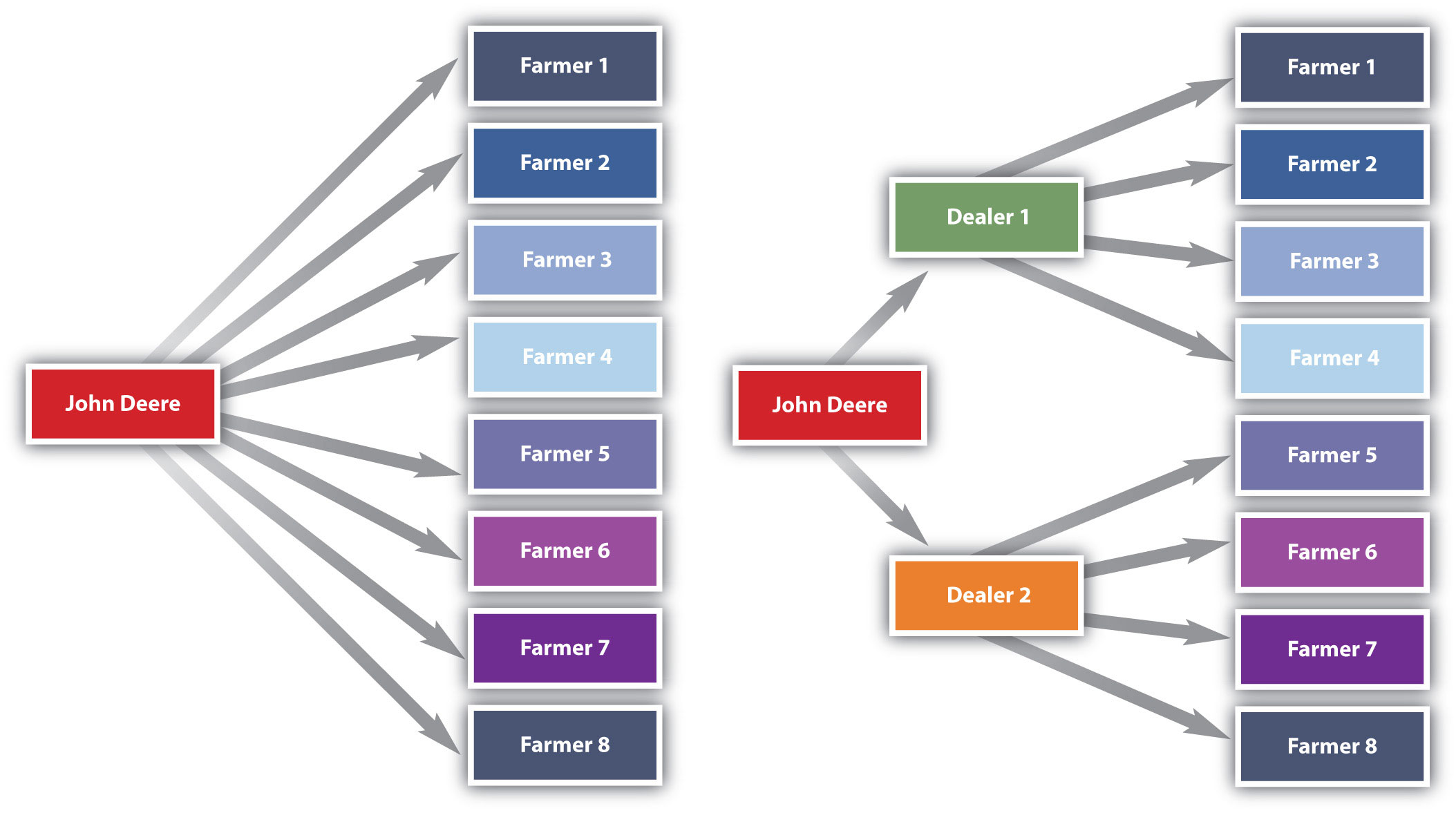Developing an Annual Marketing Plan and Marketing Strategy
Business Parks Marketing Service Provider Agency Wadgaon Sheri Pune
Fulcrum Marketing is a strategic Business Parks Marketing Service Provider Agency Wadgaon Sheri Pune. Our team of marketing consultants also specialise in marketing planning and Business Parks Marketing for all types of business of any size.
communication and Business Parks Marketing management
Effective communication and advertising management is important to not only correctly identify a target audience, but also to reach this audience efficiently through different information channels. There are many benefits of successfully managing these marketing communications, including, but not limited to:
- A higher Return on Investment (ROI)
- Reaching more of your target audience
- Reduced costs for Business Parks Marketing
- Types of market segmentation:
- Demographic segmentation: gender, age, income, education, occupation
- Geographic segmentation: city, state, country
- Psychographic segmentation: attitudes, values, attitudes, lifestyle
- Behavioural segmentation: purchasing patterns, loyalty status
Implementing a Business Parks Marketing Strategy
Implementing a Marketing Strategy Execution Plan, known to Fulcrum and our clients as a “Sprint Plan” is the most effective way to prevent this highway-less journey , Business Parks Marketing Service Provider Agency Wadgaon Sheri Pune. A Marketing Strategy is a set of strategic goal-focused plans for a certain period of time.
Business Parks Marketing Strategy and Planning
Implement your marketing plan
Your marketing plan must do more than just say what you want to happen. It must describe each step required to make sure that it happens.
Schedule
The plan should include a schedule of key tasks. This sets out what will be done, and by when. Refer to the schedule as often as possible to avoid losing sight of your objectives under the daily workload.
Team And Resources
It should also assess what resources you need. For example, you might need to think about what brochures you need, and whether they need to be available for distribution. You might also need to look at how much time it takes to sell to customers and whether you have enough salespeople.
Cost
The cost of everything in the plan needs to be included in a budget. If your finances are limited, your plan will need to take that into account. Don’t spread your marketing activities too thinly – it is better to concentrate your resources to make the most of your budget. You may also want to link your marketing budget to your sales forecast.
Control
As well as setting out the schedule, the plan needs to say how it will be controlled. You need an individual who takes responsibility for pushing things along. A good schedule and budget should make it easy to monitor progress. When things fall behind schedule, or costs overrun, you need to be ready to do something about it and to adapt your plan accordingly.
Marketing Execution – Plan, Execute, Track, Measure
Everyone likes to talk about creating a marketing plan. It’s the fun part of marketing, the creative aspect of your planning process and Business Parks Marketing Service Provider Agency Wadgaon Sheri Pune. But strategy without execution won’t help your business succeed. In fact, marketing execution is how you achieve results.
Create your marketing strategyDecide how to market your product or service to potential customers by developing a marketing strategy that positions your product to particular customers | Write a marketing execution planHow to identify your objectives and write a plan that will help your marketing generate sales, including tactics and objectives |
Marketing on a tight budgetHow to get the most out of a small or limited marketing budget using cost-effective marketing methods such as Public Relations and online marketing | Marketing your business in PuneHow to market your business effectively in pune including researching your target audience and establishing new contacts Wadgaon Sheri Pune |
![]()
Business Parks Marketing Service Provider Agency Wadgaon Sheri PuneGet in touch with us, we would love to discuss your marketing needs.We love a good coffee and a challenge, so would behappy to meet up with you face to face.Marketing Company in PuneCall Us :-08433772261 | Wadgaon Sheri Pune |
B2B Marketing:Fulcrum is a magnet for businesses with well-defined goals and a desire to harness the latest advantages that marketing and technology can offer. | Face To Face Marketing :face to face field marketing is also called personal selling or door to door marketing, customers are met directly in order to sell their products, using this method of field marketing. | Product Sampling :Fulcrum are a highly recommended provider of product sampling staff. We specialise in the implementation of sampling campaigns using our in house sampling team and logistical know-how. |
Dealer Marketing:Dealer marketing is of utmost importance for the success of any brand. For most brands, dealers, distributors and resellers are critical links to success. | Direct Marketing:we can help with everything from planning and design to production and delivery ensuring your direct marketing campaigns are delivered on time to the highest quality. | Guerrilla Marketing:When it comes to guerrilla marketing the gloves are off. They are usually low budget campaigns but with the right imagination and ideas they offer up some unprecedented results |
Retail Marketing:Fulcrum is a dynamic-retail marketing agency born in tradition, fueled by innovation, and living at the intersection of commerce and imagination. | Direct Selling :Much like product demonstrations these campaigns have brand reps or ambassadors at the center of them. The difference is it’s more about the selling of the product | Retail Audits & Merchandising: Auditing takes the reps out off the front line and away from the consumer. Auditing teams are used by marketers to monitor traditional marketing strategies that they put in place across retail. |
Door To Door Marketing :Nothing beats the reality that one gets when you can interact with potential clients face to face physically moving from door to door within a community or household to household, | Product Demonstrations:As mentioned already, demo days are a popular tool of field marketing. These campaigns can stretch from as little as one week to 6 months however some are continuous and full time. | Street Marketing:We will still need to spend time interacting with people, face-to-face, Street Marketing. Personal interaction is what makes the world go around |
Business Parks Marketing
Business Parks Marketing Service Provider Agency Wadgaon Sheri Pune
The team at Fulcrum has delivering successful Shopping Centre Marketing Campaigns across a wide range of shopping centres and retail complexes. From major retail locations to local community focused shopping centres; we have secured real, measurable results across the board.
Marketing Plan and Marketing Strategy
Business Parks Marketing | Business Parks Marketing Service Provider Agency Wadgaon Sheri Pune
Wadgaon Sheri , Pune
Wadgaon Sheri is a suburb situated in the north-eastern parts of Pune. It comes under the jurisdiction of Pune Municipal Corporation. Other nearby localities situated close to it are Viman Nagar, Khulewadi, Kharadi, Kharadi Gaon, Mundhwa, Keshav Nagar, Ghorpadi, Koregaon Park, Yerwada, Khadki, Dhanori, Lohegaon, Shivajinagar, Amanora Park Town, Hadapsar etc. Pune city is located at a distance of 9.7 km from Wadgaon Sheri. It is considered as residential and commercial hubs of Pune. The entire neighbourhood of Wadgaon Sheri lies along the Nagar Road. The locality is home to several IT companies.The presence of many educational institutions and healthcare units has attracted many families and retired personnel to shift their home here. It lies close to the many IT Hubs of Pune and Mundhwa Industrial area such as Amanora Park Town, Magarpatta IT Park, Koregaon IT Park, Kharadi IT Park, Viman Nagar IT Park etc. The region is surrounded with some major roads which are Somnath Nagar road, Anand Park road, Kalyani Nagar road and Wadgaon Sheri main road. Key nearby cities such as Shivajinagar, Deccan Gymkhana, Mahatma Gandhi Road (MG Road), Camp, Hadapsar are all within a radius of 9.-10 km. The Yerwada Central Jail and the Pune Mental Hospital too are situated within 5-km radius. Some of the key residential projects in Wadgaon Sheri are Espree Reverie Phase-2, Supreme Belmac Residences, Karan Heights, Nyati Meadows Phase-2, Shreeraj Damodar Heritage among others.
Wadgaon Sheri is a suburb situated in the north-eastern parts of Pune. It comes under the jurisdiction of Pune Municipal Corporation. Other nearby localities situated close to it are Viman Nagar, Khulewadi, Kharadi, Kharadi Gaon, Mundhwa, Keshav Nagar, Ghorpadi, Koregaon Park, Yerwada, Khadki, Dhanori, Lohegaon, Shivajinagar, Amanora Park Town, Hadapsar etc. Pune city is located at a distance of 9.7 km from Wadgaon Sheri. It is considered as residential and commercial hubs of Pune. The entire neighbourhood of Wadgaon Sheri lies along the Nagar Road. The locality is home to several IT companies.The presence of many educational institutions and healthcare units has attracted many families and retired personnel to shift their home here. It lies close to the many IT Hubs of Pune and Mundhwa Industrial area such as Amanora Park Town, Magarpatta IT Park, Koregaon IT Park, Kharadi IT Park, Viman Nagar IT Park etc. The region is surrounded with some major roads which are Somnath Nagar road, Anand Park road, Kalyani Nagar road and Wadgaon Sheri main road. Key nearby cities such as Shivajinagar, Deccan Gymkhana, Mahatma Gandhi Road (MG Road), Camp, Hadapsar are all within a radius of 9.-10 km. The Yerwada Central Jail and the Pune Mental Hospital too are situated within 5-km radius. Some of the key residential projects in Wadgaon Sheri are Espree Reverie Phase-2, Supreme Belmac Residences, Karan Heights, Nyati Meadows Phase-2, Shreeraj Damodar Heritage among others.
Connectivity
It is located off the Mundhwa-Nagar Bypass. As a result, it has is well-connected to various developed areas and a number of schools, educational institutions, IT Parks, Malls and markets, banks and hospitals via an excellent network of railways and roadways. Other modes of transport are auto rickshaw, six-seaters, private buses and vehicles.
PMPML bus services make Wadgaon Sheri accessible from developed areas of Manapa, Mundhwa, Viman Nagar, Koregaon Park, Lohegaon, Wagholi, Hadapsar, Swargate, Pimpri and Kothrud.
Major roads connecting Wadgaon Sheri to the main city of Pune are Park Road, Bypass Road, Somnath Road, Samrat Ashok Road, Main Road, Kalyani Road and New Airport Road.
It has excellent connectivity to Pune International Airport which is located at a distance of 8 km via Nagar Road or Samrat Ashok Road. It has proximity to Magarpatta Road (SH27).
Ghorpadi, Hadapsar, Pune Junction, and Shivaji Nagar are its nearby railway stations. However, Pune Junction Railway Station is the major and nearby railway station to Wadgaon Sheri which is located at a distance of 7.8 km via Pune-Ahmedabad Highway.
Factors for past growth
Being close to major IT Hubs of Pune such as Koregaon, Kharadi, Viman Nagar, Shivaji Nagar and Industrial hubs of Mundhwa have been a plus point for Wadgaon Sheri. As a result, lots of employment opportunity attracted this locality as a major residential destination for workforce. A fair number of workforce work in nearby IT Hubs, wanted to have their residences close to their workplace. Thus, rental demands for 1 BHK flats in Wadgaon Sheri have get momentum.
Its proximity to Pune international Airport and Pune Junction railway station are the added advantage for the residents. Thus making the travel hassle-free for its commuters.
Factors for future growth
IT sectors of Pune especially, in the nearby areas of Wadgaon Sheri has increased the rental demand and development in the area. People working in those fringe areas, want their resident close to their workplace. As a result, rental demand will be seen in the days to come.
Infra Development (Social & Physical)
Kidzee Wadgaon Sheri, National Childrens Academy, Eurokids Wadgaon Sheri Preschool, Shanti Juniors School, Podar International Preschool, Podar Jumbo Kids, Anjali High School, St. Arnolds Central School etc are some of the renowned schools in Wadgaon Sheri. It also houses some prominent colleges nearby. These are Christ College, De Nobili College, MIBS India (Management College and Institute), Symbiosis Law College among others.
Healthcare facilities are also good in the localities. Anup Hospital, Columbia Asia Hospital, Anup Nursing Home, Sahyadri Super Speciality Hospital Nagar Road, Shah Accident Hospital, Aditya Hospital, Salunke Hospital, Joshi Hospital are some of the prominent hospitals providing healthcare facilities to the residents of Wadgaon Sheri and its surrounding areas.
It houses a number of luxurious shopping hubs including Inorbit Mall, Sagar Shopping Plaza, Creativity Mall, The Pavilion, Nitesh Mall etc to cater the daily needs of the people. It also houses retail outlets of national and international brands such as Max Fashion, Reliance Express Store, My Jio Store, Bombay Dyeing, pantaloons, Sairam Retail Outlets, Planet Fashion, Shoppers Stop, Westside among others.
|


